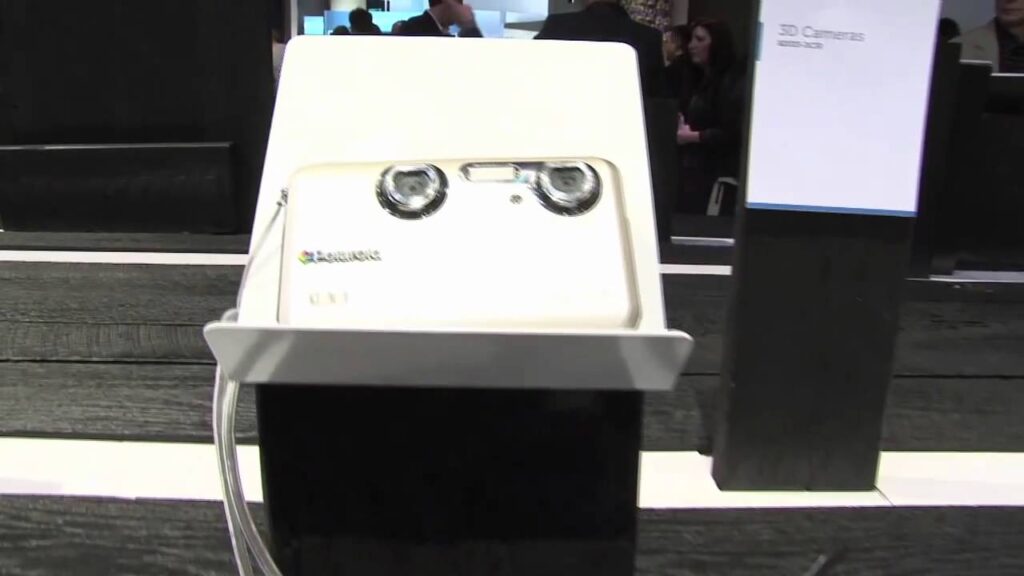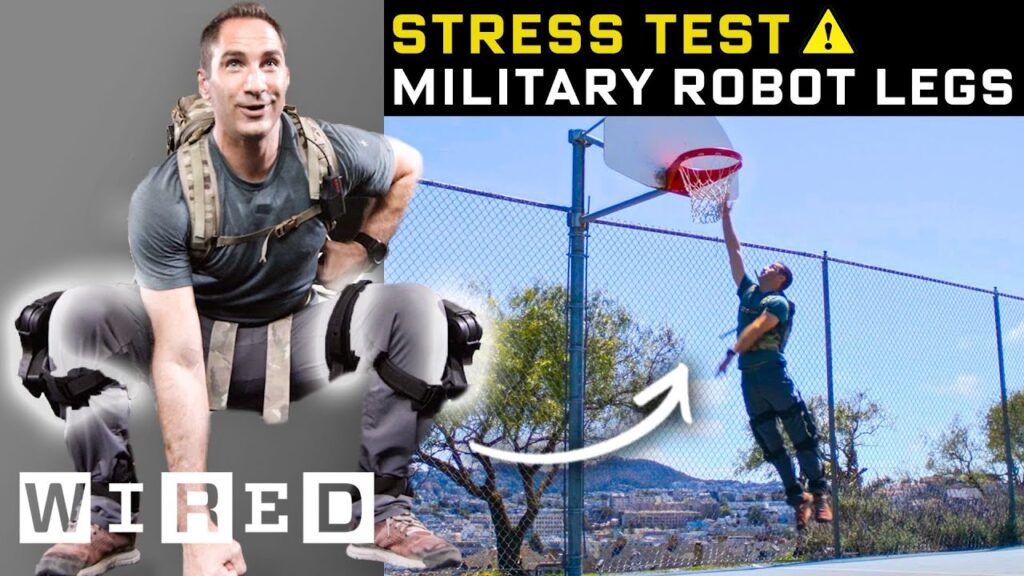Robotics: From Industrial to Agricultural Applications
Summary
In this article, we explore the various applications of robotics in different fields, from industrial to agricultural. We discuss the complexity of creating hyper-realistic robots and the use of nanobots in medicine. The article also covers the importance of simulation in robot development and the use of robots in space exploration.
Table of Contents
- Industrial Robotics
- Hyper-Realistic Robots
- Nanobots in Medicine
- Simulation in Robot Development
- Robotics in Space Exploration
- Collaborative Robots
- Agricultural Robotics
Industrial Robotics
Robotrix is a company that uses six axis industrial robots that can move in six different directions, including physical space and orientation space. These robots work by calculating how every joint in the kinematic chain needs to move to put the end effector in the right position, which is called inverse kinematic. The first broadly accepted real robot was Shak, invented in the mid-60s in California, which had a big television camera on top and wheels.
Hyper-Realistic Robots
The speaker mentions that hyper-realistic robots like those in Westworld are still a long way off due to the complexity of the required motors. Making a robot indistinguishable from a human being takes a lot of sophistication due to the dozens of muscles just in our face to make facial expressions.
Nanobots in Medicine
Nanobots are tiny robots that are designed for various applications, including medicine, and are designed to respond to chemical environments. They have the potential to revolutionize the medical industry by targeting specific cells or areas of the body for treatment.
Simulation in Robot Development
Simulation is a crucial part of robot development, and simulations are used to test robots before they are brought into the real world. This allows developers to identify and fix any issues before the robot is put into use.
Robotics in Space Exploration
Robots are being used in space exploration to collect samples and take measurements autonomously. This allows scientists to gather data without putting humans in danger.
Collaborative Robots
Collaborative robots or co-bots are designed to work with humans and are being used in shared manufacturing spaces. They can perform tasks that are dangerous or repetitive, allowing humans to focus on more complex tasks.
Agricultural Robotics
Agricultural robots are also becoming increasingly popular to help farmers increase their impact and make farming more sustainable. For example, they can be used to identify and remove weeds, reducing the need for harmful herbicides.
Conclusion
In conclusion, robotics is a rapidly growing field with applications in a wide range of industries. From industrial robots to nanobots in medicine, the potential uses for robotics are endless. As technology continues to advance, we can expect to see even more innovative uses for robots in the future.







